-(1).jpg)
-(1).jpg)
Most breaches start with a password. Weak or reused passwords across multiple accounts are the easiest way for cybercriminals to get in. According to the 2023 Verizon Data Breach Investigations Report, 81% of hacking-related breaches involved stolen or weak passwords.
Real-world example: KNP Logistics, a 158-year-old UK transport company, fell victim to a ransomware attack after a compromised employee password. Hackers encrypted their systems and demanded £5 million. The company couldn’t recover and went into administration, laying off 730 employees.
Lesson: Strong, unique passwords aren’t optional—they’re critical. Weak passwords make hackers’ jobs easy.
Fix It: Use a password manager, enforce complex password rules across all accounts, and never reuse passwords. Regularly
review and update them.
.jpg)
Hackers exploit software vulnerabilities the moment they are discovered. Delaying updates is like leaving your front door unlocked. Equifax experienced a massive breach in 2017 affecting over 147 million people because it didn’t patch a known vulnerability.
Lesson: Running outdated software invites hackers in. Updates aren’t optional—they’re essential.
Fix It: Schedule automatic updates for operating systems, applications, and security software. Pair this with regular system backups to protect your data.
Your employees can be your greatest defense—or your weakest link. Proofpoint’s 2023 Human Factor Report shows that 91% of cyberattacks start with phishing. Even one careless click can expose sensitive business information.
Lesson: Employees are frontline defenders. If they don’t know how to spot threats, your business is at risk.
Fix It: Train staff on spotting suspicious emails, safe browsing, and reporting unusual activity. Run simulated phishing tests to make learning real without risking data.
Passwords alone aren’t enough. MFA acts like a second lock on your front door. Without it, a stolen password is all a hacker needs. Facebook’s 2021 credential breach showed how MFA could have mitigated the incident.
Lesson: MFA is cheap, simple, and highly effective. Not using it is leaving the door open.
Fix It: Enable MFA on all critical accounts: email, financial systems, and cloud platforms.
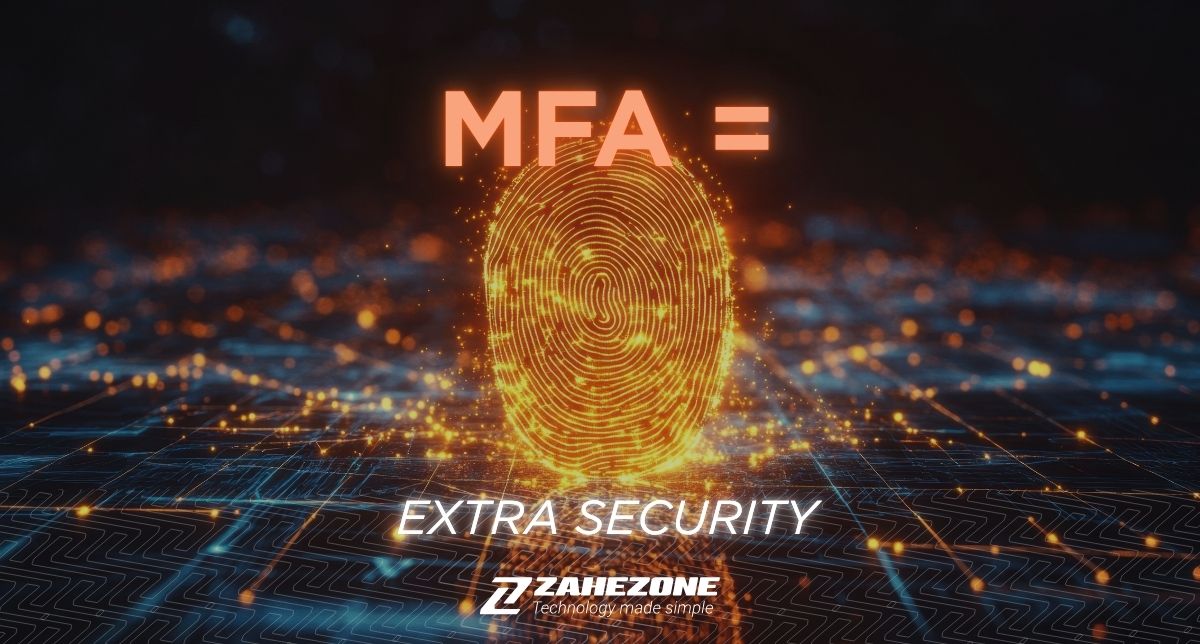
Ransomware attacks can halt business operations overnight. Garmin’s 2020 attack disrupted operations for days. Businesses without a plan either pay ransom or lose data permanently.
Lesson: Lack of preparation turns incidents into disasters.
Fix It: Create a cybersecurity plan covering prevention, detection, and response. Implement regular backups, store them offline or in the cloud, and test them periodically. Know who to call and the steps to take if an incident occurs.
Want to test how strong your IT
really is? Take the Business Technology scorecard to analyse how technology can support
business growth and optimisation.
Phones and tablets are business devices too. Ignoring mobile security opens the door to malware and data leaks. In 2019, WhatsApp users were targeted with spyware exploiting mobile vulnerabilities⁶.
Lesson: Mobile devices are an extension of your network. Unsecured devices are weak links.
Fix It: Encrypt all devices, enforce strong passwords, enable remote wipe capabilities, and require VPNs when working remotely. Educate your team on secure Wi-Fi usage.
Cybersecurity isn’t “just an IT problem.” Leaders who delegate without oversight risk the entire business. Strong leadership ensures policies are enforced, risks are assessed, and employees are accountable.
Lesson: Ownership matters. Without leadership, your business is vulnerable.
Fix It: Make cybersecurity a company-wide priority. Regularly review policies, assess risks, and foster a culture where employees understand their role in keeping the business safe.
Cybersecurity isn’t about fear. It’s about control and preparation. Implement these 7 fixes and drastically reduce your risk while protecting your business, your customers, and your reputation. Hackers are opportunists. Don’t make it easy for them.
Unsure where your business stands? Start with ZaheZone’s Business IT Impact Scorecard to pinpoint your biggest
risks. Or speak directly to our team about a tailored cybersecurity strategy for your business:
Don’t wait for a breach to teach you the hard way. Cybersecurity is an investment in your business’s future. Protect it.
KNP Logistics ransomware attack. (n.d.). WebAsha. https://www.webasha.com/blog/how-did-a-weak-password-lead-to-the-downfall-of-a-158-year-old-uk-logistics-company-in-a-ransomware-attack
Equifax breach case study. (2017). Forbes. https://www.forbes.com/sites/forbestechcouncil/2017/09/15/lessons-from-the-equifax-breach
Proofpoint. (2023). Human factor report: The state of cybersecurity awareness. https://www.proofpoint.com/us/resources/threat-reports/human-factor
Facebook employee credential breach. (2021, August 26). TechCrunch. https://techcrunch.com/2021/08/26/facebook-employee-breach
Garmin ransomware attack. (2020, July 27). BBC News. https://www.bbc.com/news/technology-53586387
WhatsApp spyware attack. (2019, May 14). The Guardian. https://www.theguardian.com/technology/2019/may/14/whatsapp-spyware-hack
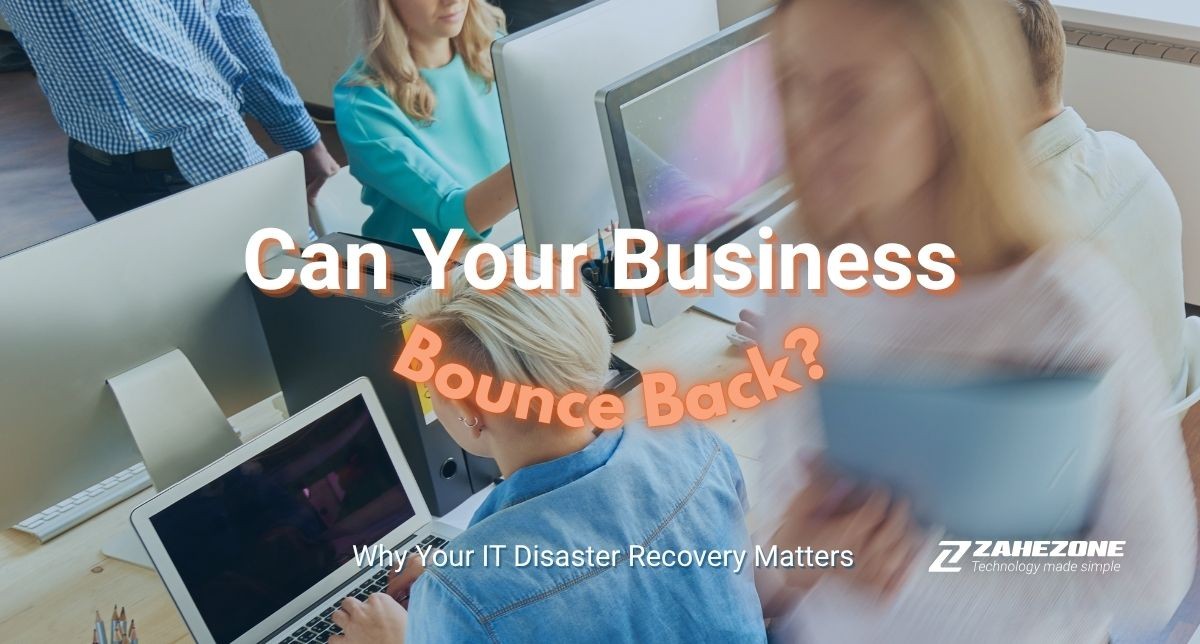
Even the biggest organisations can experience data disruptions. The recent cyberattack shows that knowing where your data is stored and who manages it is just as important as having a budget for IT.
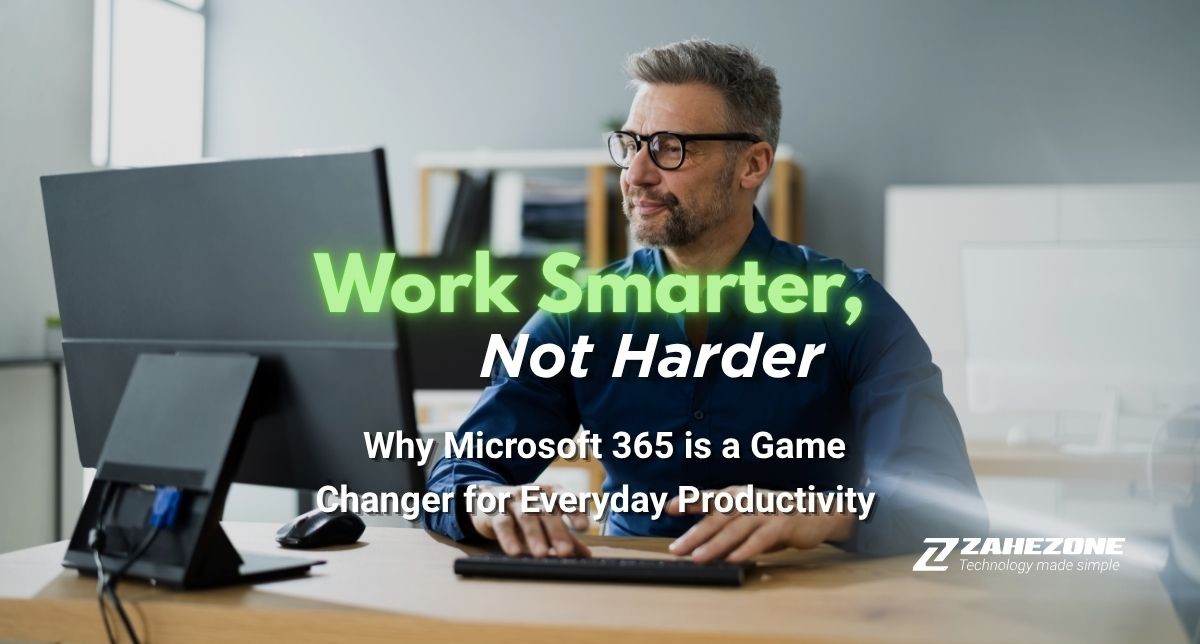
If your business is still treating software like a utility, you pay for it, hope it works, and forget it. That approach leaves opportunities on the table. Microsoft 365 is not just a set of apps. It is a productivity powerhouse built to help you work faster, smarter, and with less frustration.

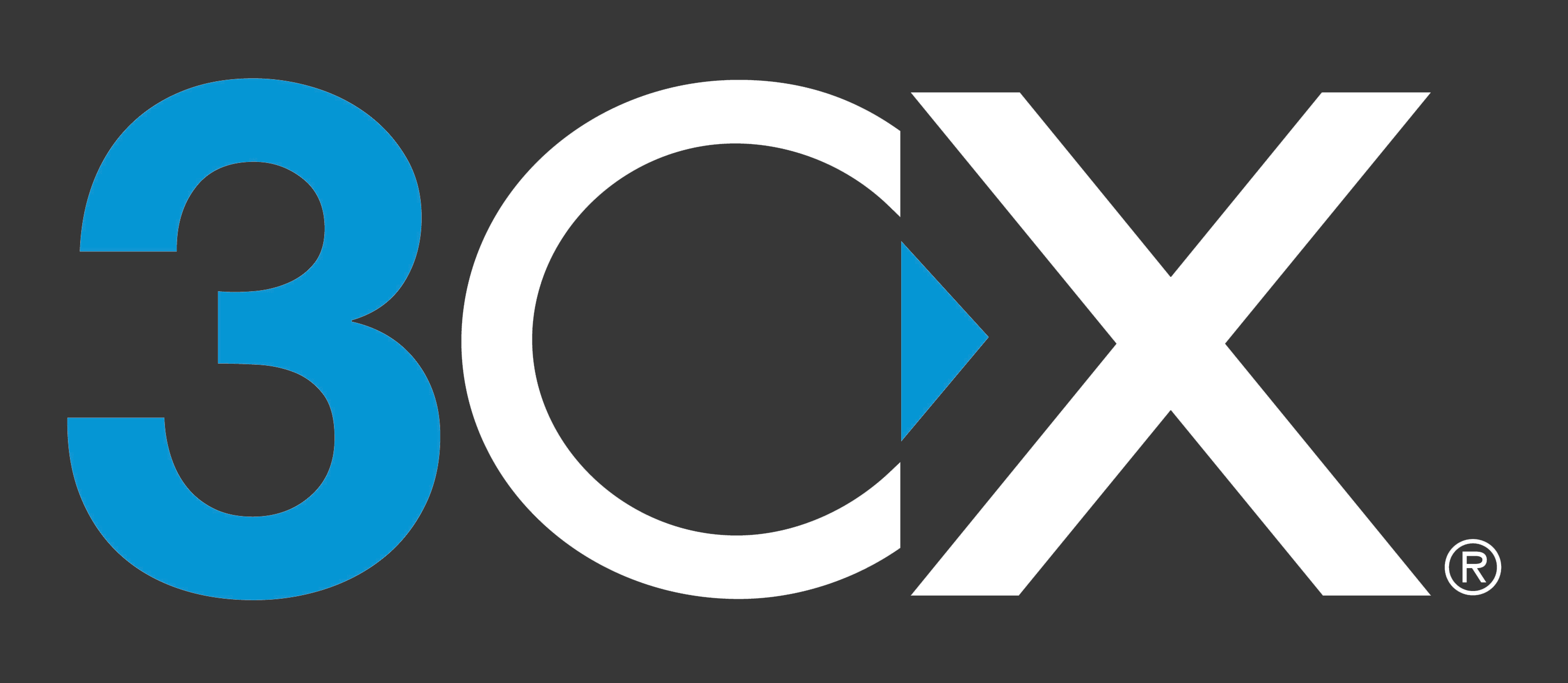
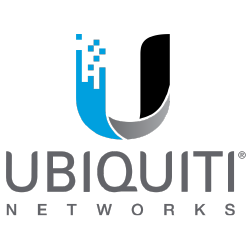
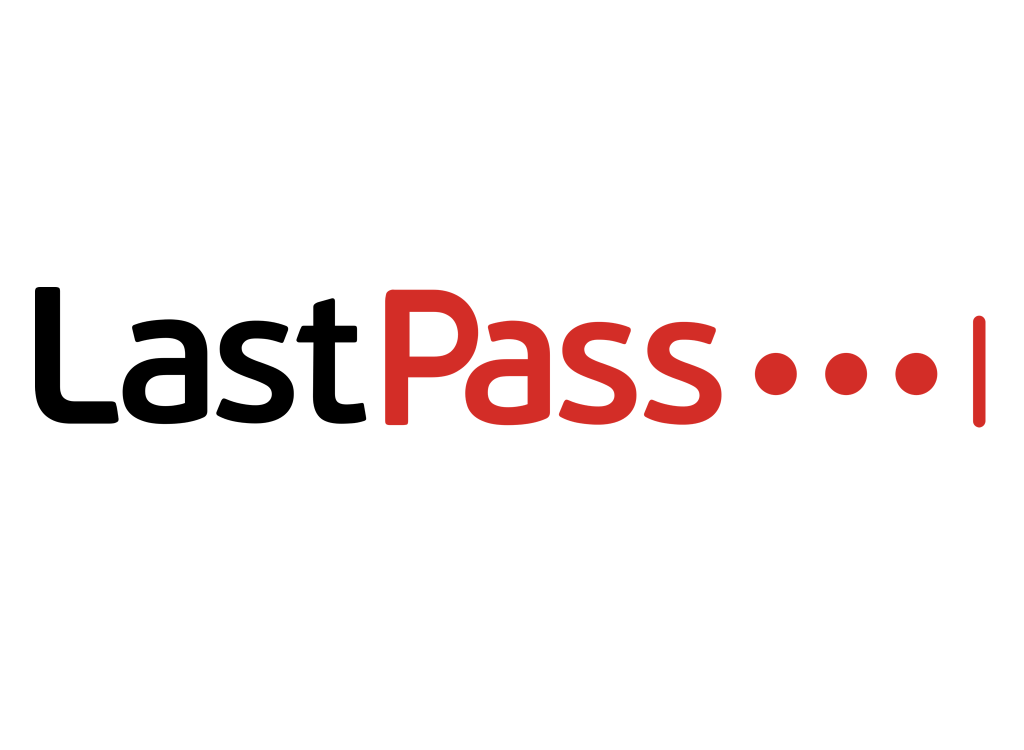
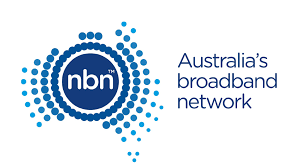
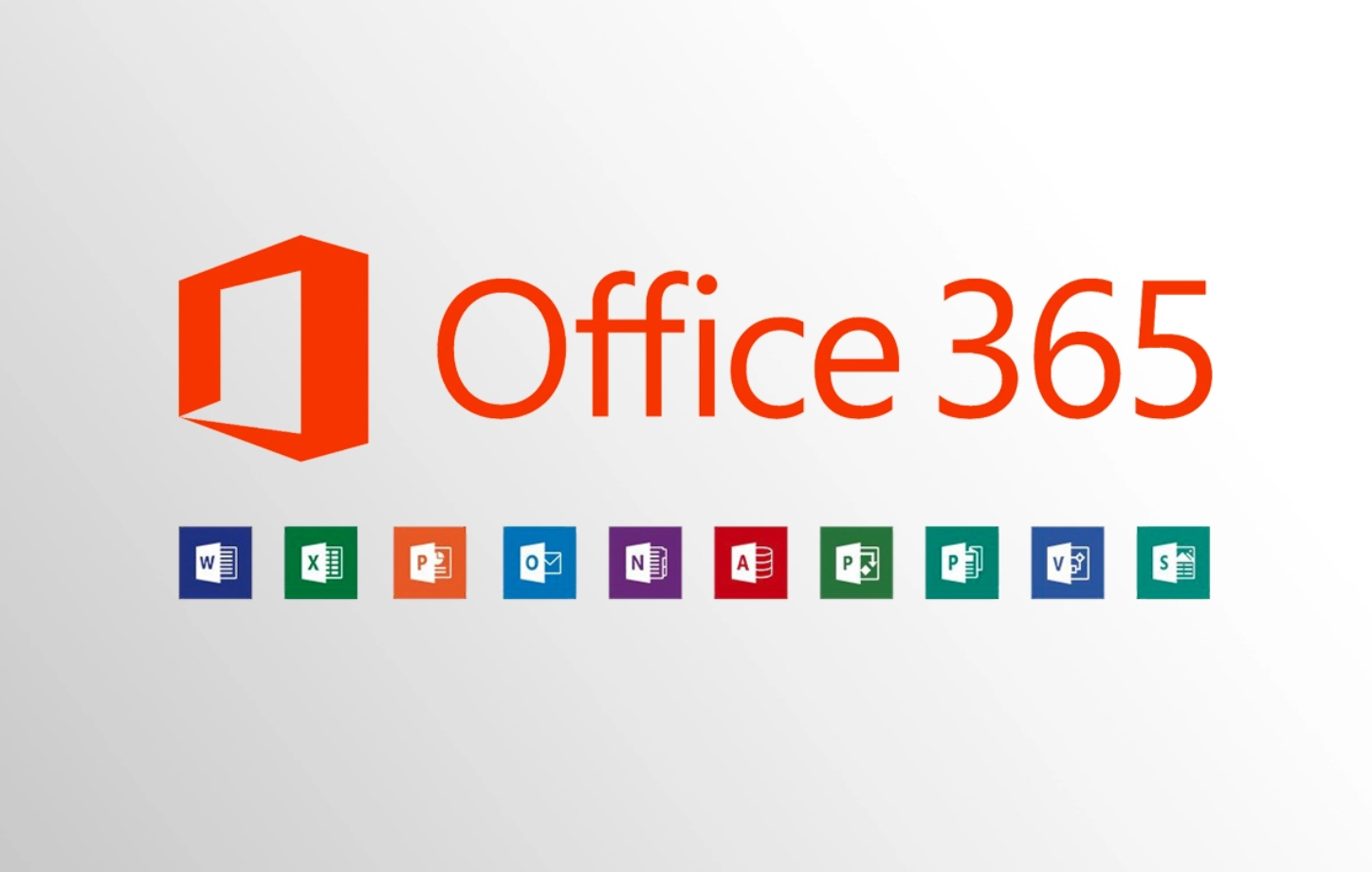
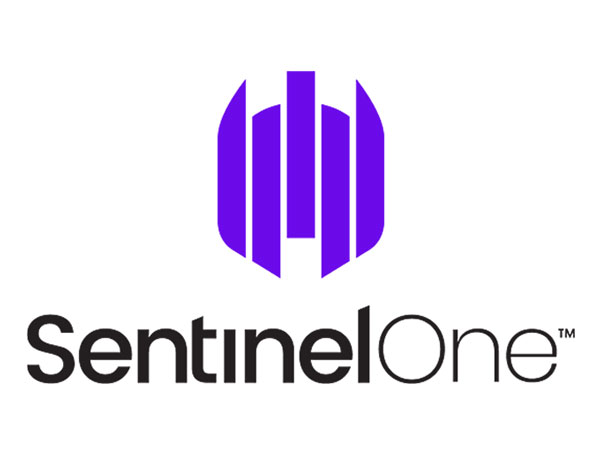
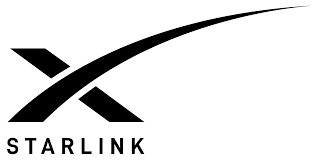
.png)
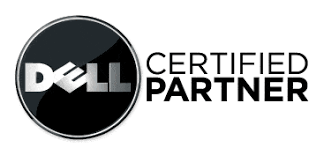
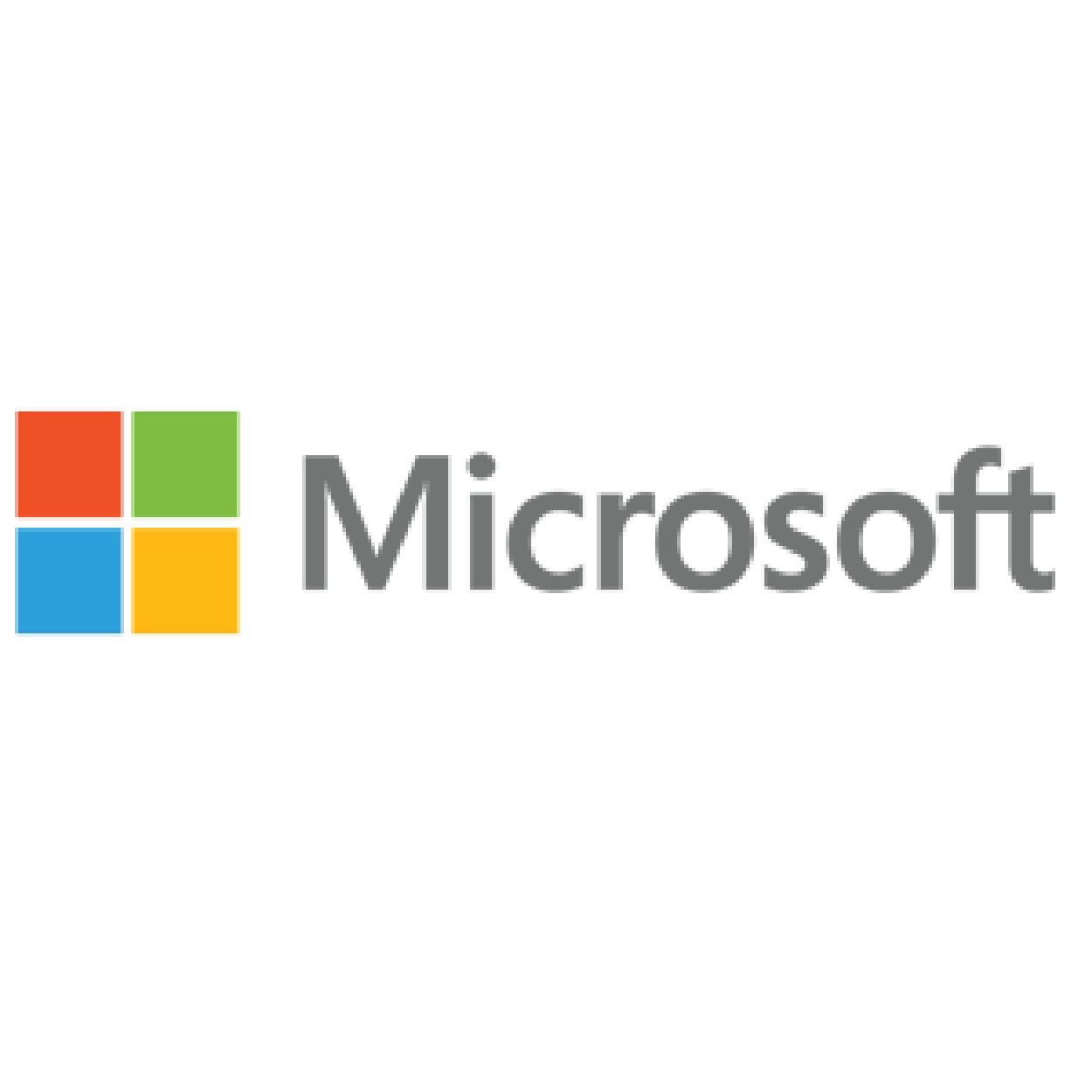
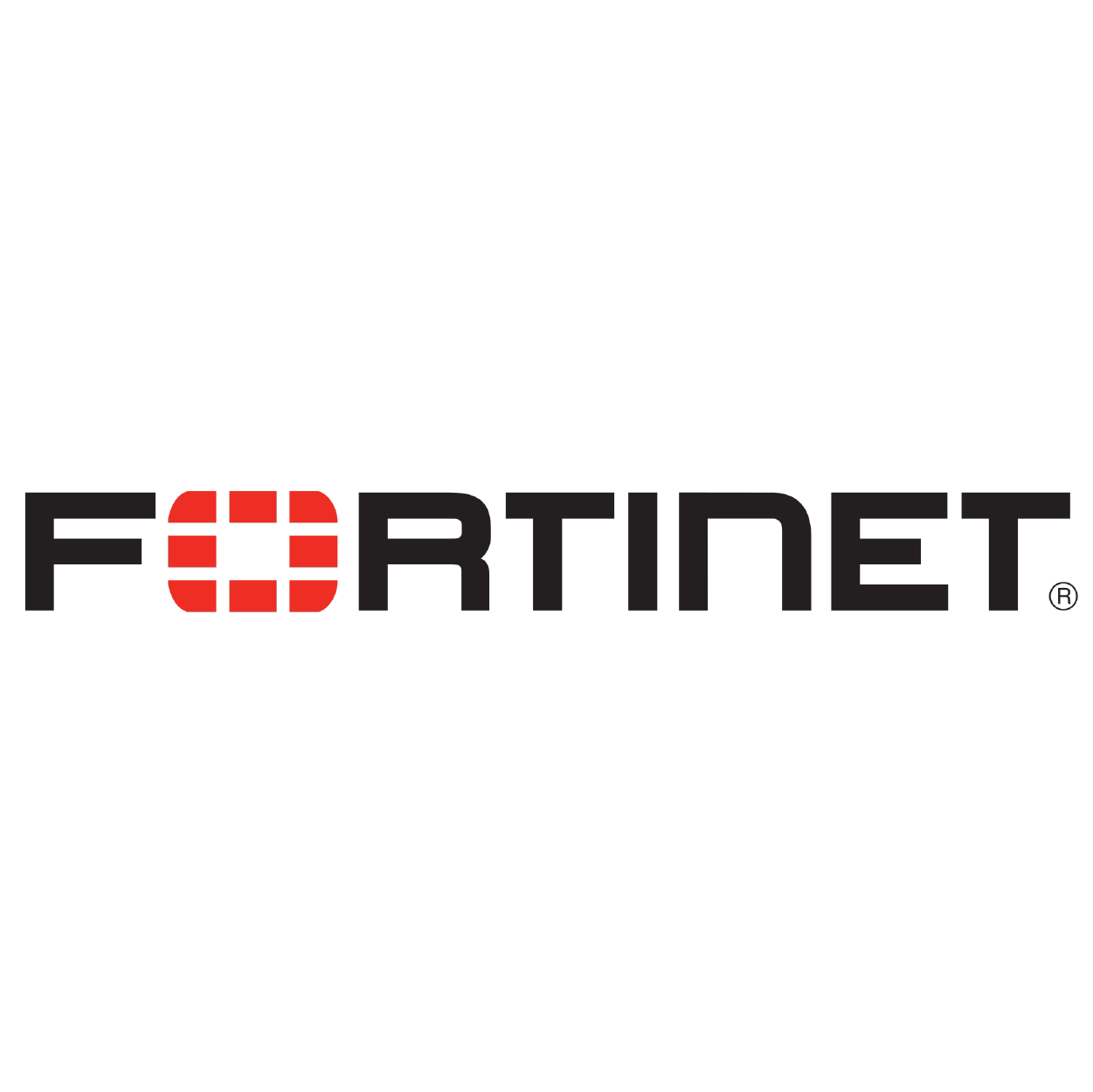
At ZaheZone, we take your business growth seriously, which is why we’re with you every step of the way. To discover how we can help you optimize and scale your IT, contact us today.
Leave a Comment